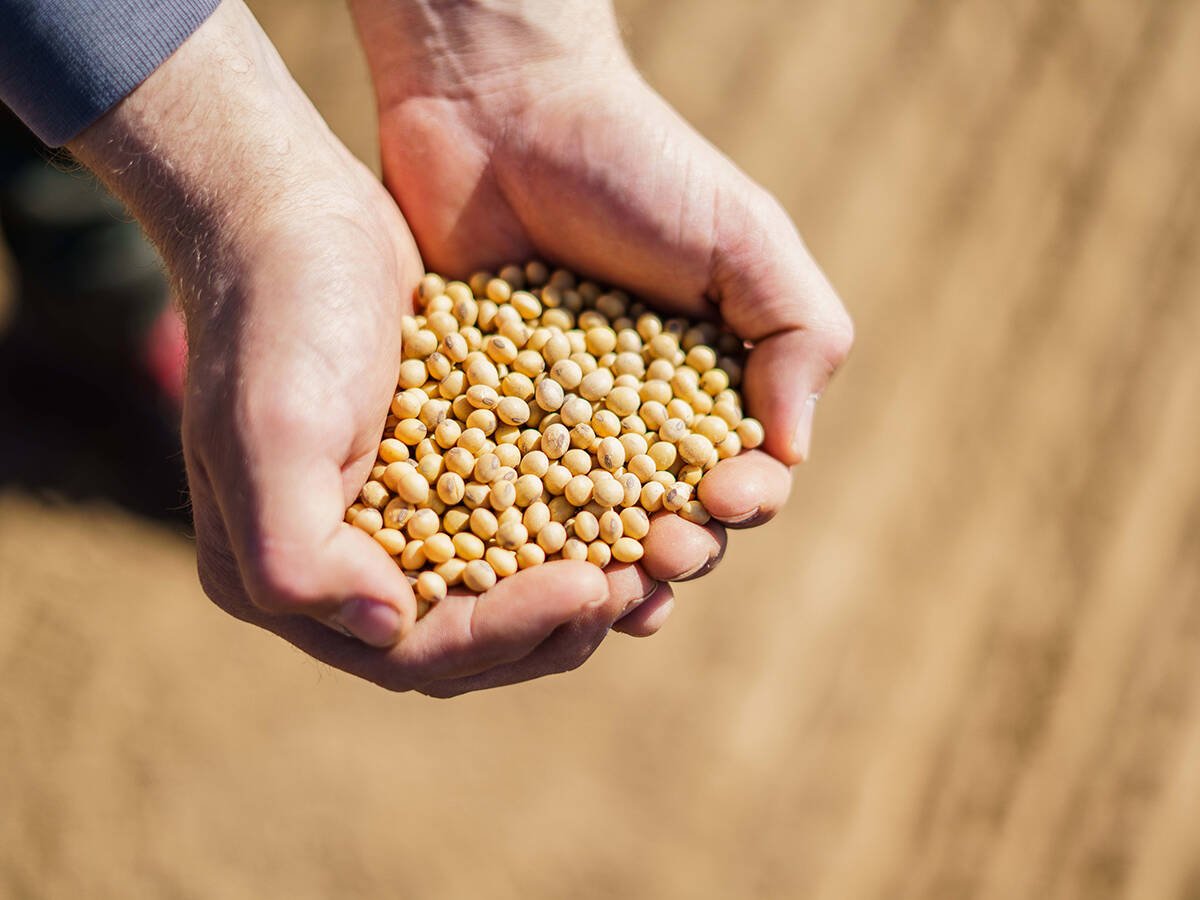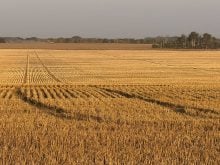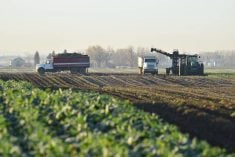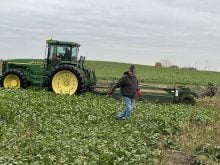NIAGARA-ON-THE-LAKE, Ont. – Negotiations this winter over the shape of the next generation of farmer safety nets will feature a nasty east-west scrap over how federal dollars should be allocated.
Ontario and Quebec are pushing for a distribution of safety net dollars more weighted to the value of agricultural production in each region. That would send more federal dollars to their programs.
Saskatchewan and Manitoba are adamant that risk, rather than farm-gate receipts, should be the priority.
Alberta has not come down on either side, say Saskatchewan and Manitoba officials.
Read Also

U.S. government investigates high input costs
The USDA and DOJ are investigating high input costs, but nothing is happening in Canada.
At stake is the question of where millions of dollars from Ottawa’s $600 million safety net budget will be sent.
“I am going to fight hard on this one,” said Saskatchewan agriculture minister Eric Upshall in an interview at last week’s federal-provincial agriculture ministers’ meeting. “The system must be risk-based. It disturbs me that some want to rewrite the rules on this for their own benefit.”
Senior Manitoba agriculture department official Craig Lee said his province stands with Saskatchewan.
“The way Ontario would have it, it would transfer two or three million a year out of Manitoba’s allotment,” said the assistant deputy agriculture minister. “We will fight that.”
Ontario farm groups have long complained that a disproportionate amount of safety net money flows to the Prairies, considering that Ontario has the largest farm industry by sales.
Prairie politicians say risk is higher in the West because of weather variation. Crop insurance premiums therefore are higher and federal contributions are geared to provincial contributions.
“The system must be based on risk and not economic contribution,” said Upshall. “Insurance is risk-based. This is just a way to try to reduce our share and I will fight it. It is a question of fairness.”
He noted that loss of the Crow Benefit subsidy in 1995 cost Saskatchewan more than $300 million annually. Ontario felt no effect.
Federal agriculture minister Lyle Vanclief was not taking sides publicly last week. He said Canada’s national system always will be based on a combination of the two.
When they sent their bureaucrats off to negotiate new safety net agreements during the next eight months, ministers last week told them one of their jobs is to consider options “for the allocation of federal funding to provinces” including “measurement and assessment of risk and economic contribution.”














